I know this is vague but even just referring me elsewhere would be much appreciated.
I am trying to write a program with C#. I want to manually collect any data packets off of an Ethernet cable with my program. Is there some driver in the .NET framework for this? Where can I start? I don't know much about this so any guidance would be appreciated.
Thanks! Evan
